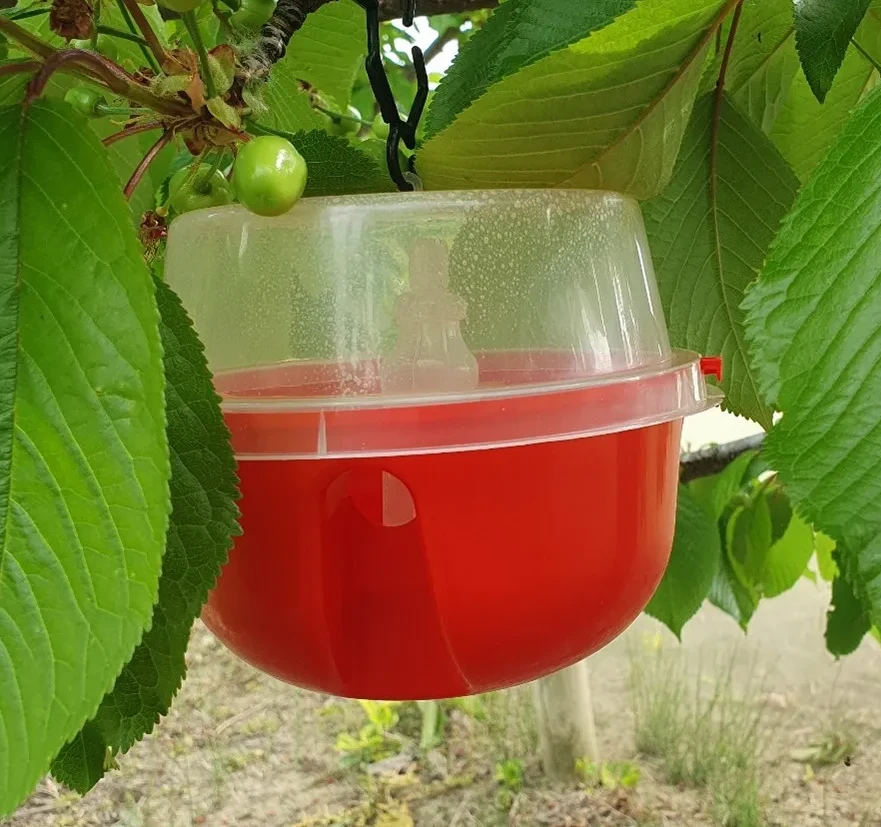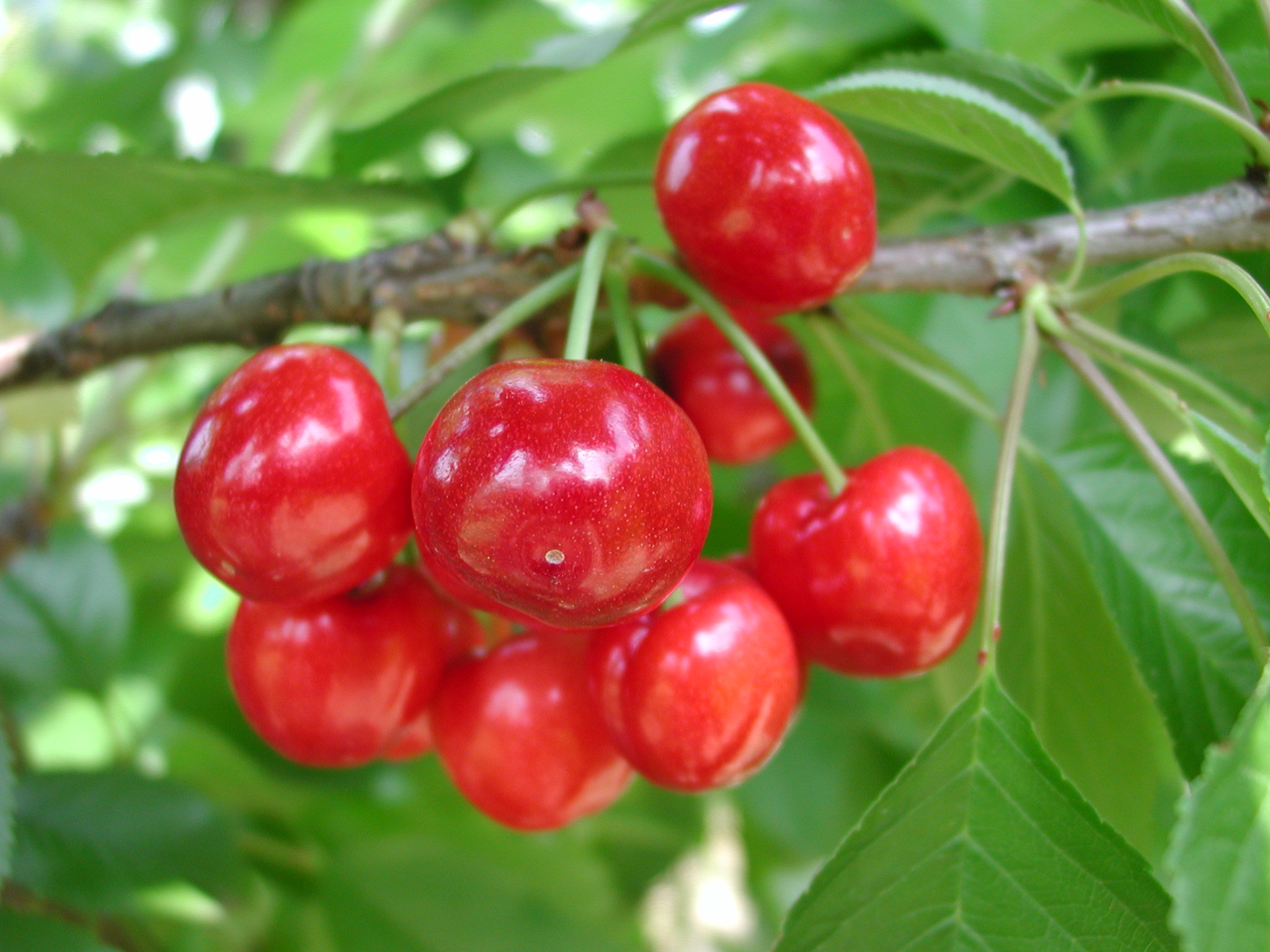Rabobank's Gonzalo Salinas is closely monitoring global trends in the cherry trade as the Southern Hemisphere prepares for the 2023/24 season. The industry faces mixed fortunes as 2023 concludes, with challenges in Northern Hemisphere regions and optimism in the South.
Chile, a key Southern Hemisphere player, sees rising cherry production despite initial double-digit growth predictions not materializing. The season began strongly, with exceptional prices for early shipments to China. Chile focuses on early varieties like Santina, Lapin, and Regina, with efforts to diversify markets beyond China to Vietnam, Thailand, and India.
Australia and New Zealand anticipate strong seasons with improved weather conditions. Argentina complements Chile's supply, exploring new varieties. In the Northern Hemisphere, the U.S. recovers from a short crop, while Europe sees high prices due to lower production.
A common trend is the push to expand production windows, especially in the early season, to capitalize on premium prices. Salinas sees potential challenges if Northern and Southern Hemisphere suppliers directly compete. Peru's emergence as a cherry producer is on the horizon, potentially bridging the gap between hemispheres. Despite a few years before becoming a reality, there's growing interest in developing Peruvian supply.
In summary, the cherry industry navigates challenges and opportunities. Chile leads in the Southern Hemisphere, diversifying markets, while the Northern Hemisphere adapts to varying outcomes. Expanding production windows is a shared strategy, and Peru's potential role adds an intriguing dimension to the evolving cherry trade.
Red full article here: Fresh Focus Cherry
Photo: Karsten Bergmann from Pixabay
Cherry Times - All rights reserved










